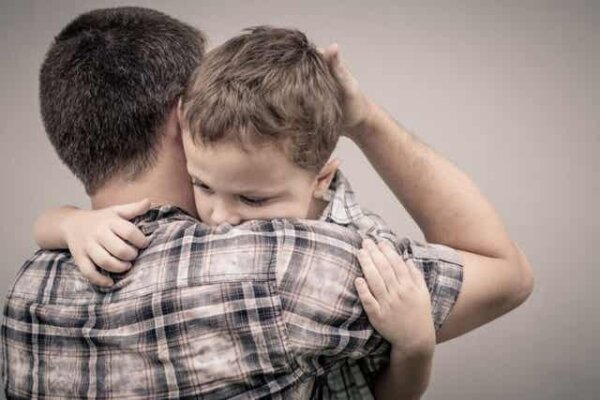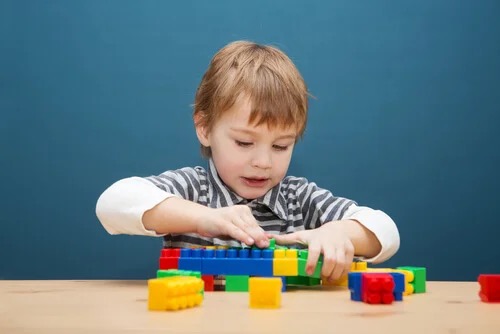Parents should build a proper emotional competence framework with their children. Every child requires unconditional love and secure attachment to build positive self-esteem and relate assertively to others. Thus, they must remain motivated enough to pursue their dreams and know how to recognize and manage their emotions.
Your children are more valuable than you think. How can you help them become the best version of themselves?
“You can learn many things from children. How much patience you have, for instance.”
-Franklin Jones-
What exactly is the emotional competence framework?
This structure is made up of the personal abilities and aptitudes that allow them to develop successfully in their daily life. The elements that compose it are:
- A stable, solid personality. This implies self-confidence, strength, a sense of reality, and tolerance to frustration.
- Social skills. The ability to feel empathy and interest in others.
- Interest in the environment. The ability to explore and learn about the world around them through play and interaction with people and objects around them.
How many times have you heard that parents have a great influence on the personality and emotional development of their children? Thus, is it really in their hands? Can they actually mold their child’s behavior?
As much as parents would like to make life easier for their little ones, children aren’t blank slates where they could draw everything they’d like them to be. They don’t really know what the future holds for them, but it’s true that their relationship and interactions affect their development. Their emotional structure, that is.
This parent-child relationship or bond is referred to as attachment. Furthermore, parents will lay some kind of foundation for the development of their personality. Positive, hopefully. This is because it depends on the type of attachment people establish with their children.
The relationship between the type of attachment and a child’s emotional development
The attachment relationship is the affective bond established between a newborn and the person closest to them. With those who provide care, affection, and security, that is. It’s the very first relationship a person has in their life. The one from which they form patterns for expressing emotions and developing an individual personality.
- Secure attachment. It develops when parents respond to their children’s needs and emotional demands. They do so by showing themselves emotionally available and transmitting confidence and security.
- Insecure attachment. This type of attachment appears when the caregiver doesn’t meet all the child’s needs in terms of care, both physical and emotional. These parents are usually emotionally absent, unaffectionate, and unavailable.
- Ambivalent attachment and disorganized attachment. These usually appear in neglectful parenting styles where there’s violence and unstable patterns of affection. For example, the child comes to the caregiver for comfort and the latter may unpredictably respond either with kindness or be impassive and yell at the child.

Encouraging your children to have a healthy emotional structure isn’t easy. In fact, it doesn’t depend only on your parenting skills. Indeed, the environment and circumstances in which they’re raised influence their personality style. However, you’ll certainly be doing your part by being aware that what a child needs most is unconditional love, security, and trust, and trying to provide it.
Parents often worry a lot about their education and send them to “good” schools where they can learn languages or excel in sports. Unfortunately, failing to build their emotional competency framework makes everything superfluous.
The post The Emotional Competence Framework in Children appeared first on Exploring your mind.



















Comments